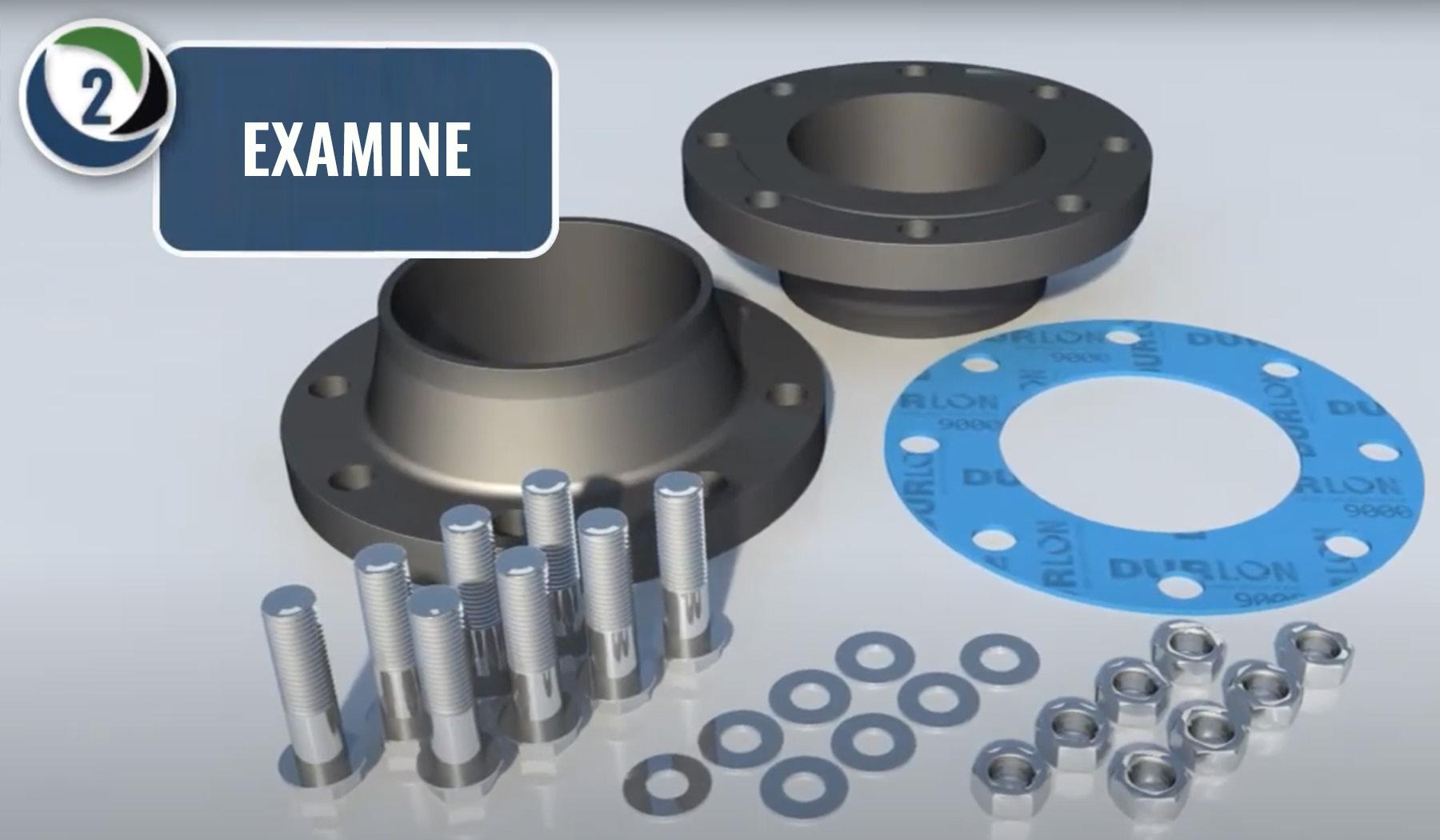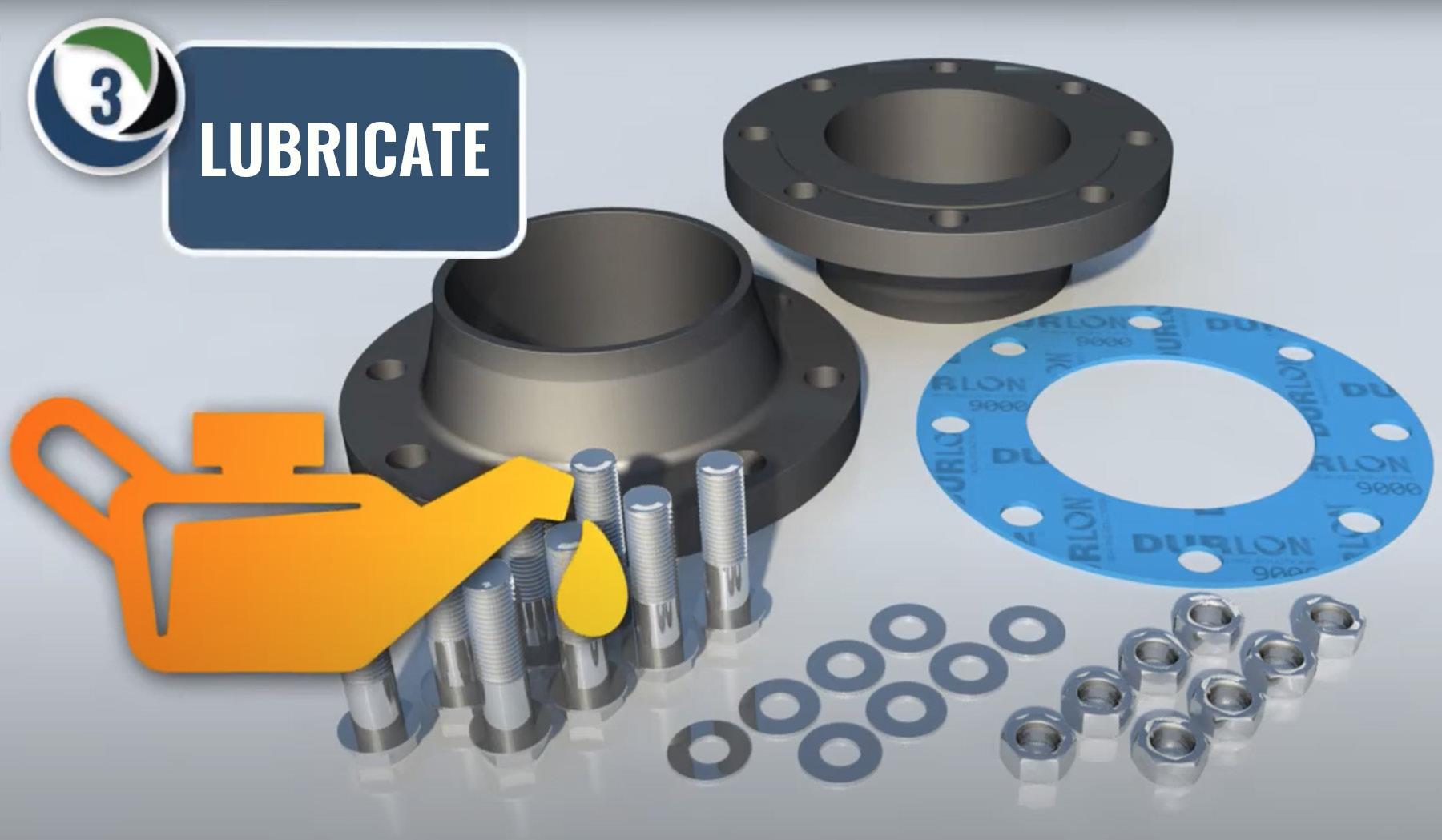
2 minute read
EFFECTS OF UNDER-TIGHTENING
The opposite of overloading is under-tightening, wherein an insufficient load is applied, resulting in the penetration of fluid and degradation of the gasket. It should be noted that all gaskets possess porosity and necessitate an adequate load to achieve a proper seal.
• Fluid is allowed to penetrate the gasket ID, leading to the deterioration of the gasket.
Advertisement
• Under-loading can lead to gasket blow-out or leakage.
• The unloading caused by temperature or pressure cycling can have an equivalent effect.
PRESSURE-TEMPERATURE (PxT FACTOR)
In all piping systems the flanges, valves, and the piping itself have a pressure – temperature relationship. This PxT factor is the result of multiplying the operating pressure times the operating temperature to arrive at a numerical value. This value is not constant and is different at each temperature and pressure combination.
In the table below, the PxT factors for carbon steel piping per ANSI B16.34 and saturated steam are shown. The fact that PxT values exists for piping should indicate that such values also exist for gasketing, and just like piping, those values change with differences in the pressure and temperature.

Now we can look at how sheet gaskets fit. As stated to the left, just like piping, the PxT relationship for gaskets changes with each pressure – temperature combination and therefore is not a constant.
The following chart shows compressed non-asbestos and compressed asbestos gasketing vs. 3 different pressure classes and saturated steam for reference. All sheet non-asbestos gasketing should be limited to Class 300 and below. Pressure - Temperature Ratings for ANSI Class 150, 300 and 600 WCB Piping Components (ASME/ANSI B16.34-1988) vs. Sheet Gasketing

Pressure
Physical and Mechanical Properties
ASTM F104, the Standard Classification System for Non-metallic Gasket Materials includes a line call-out encompassing ASTM test methods for evaluating the physical and mechanical properties of non-metallic gasket materials. Some of these ASTM tests are:
F 36 – Compressibility and Recovery
F 2378 – Sealability
F 38 – Creep relaxation
F 146 – Fluid Resistance
F1574 – Compressive Strength
In addition to ASTM tests, we also do testing to BSI (British Standards), DIN (German Institute for Standardization) and FSA (Fluid Sealing Association) standards. These tests include:
ASTM – F2837 – Hot Compression
DIN – 3535 – Gas Permeability
FSA – NMG-204 – High Pressure Saturated Steam Test
Other Considerations
Fire safe capability. There is no standard for “fire safe” gasket materials. Durlon® 8500 passed the API 6FB, Durlon® 8900 passed the API 607 and Durlon® 9000 passed the API 6FA fire tests - all done by an independent lab. API Spec 6FB, Fire
Test for End Connections, and API Bulletins, 6F1 and 6F2, do discuss fire testing but for metal gaskets and API rings, not soft gasket material.
Gasket design factors. The m and Y values established by ASME and the newer design factors being developed by the PVRC for fugitive emissions, are additional considerations. The m and Y values do not take fugitive emissions into account whereas the newer tightness parameters (Tp) do.
These gasket factors recognize that all joints leak to some extent. Therefore, an acceptable level of leakage is defined. A leak rate of ½480 lb/hr per inch of OD (0.002 mg/sec. mm) has been defined as a “standard” acceptable leak rate and is known as T2.
Tp classes and their associated leak rates:
T1 – Economy
¹⁄25 lb/hr per inch of OD (0.2 mg/sec. mm)
T2 – Standard
¹⁄2,480 lb/hr per inch of OD (0.002 mg/sec. mm)
T3 – Tight
¹⁄248,000 lb/hr per inch of OD (0.00002 mg/sec. mm)
Torque values for Durlon® products are calculated using a tightness parameter of T3.









